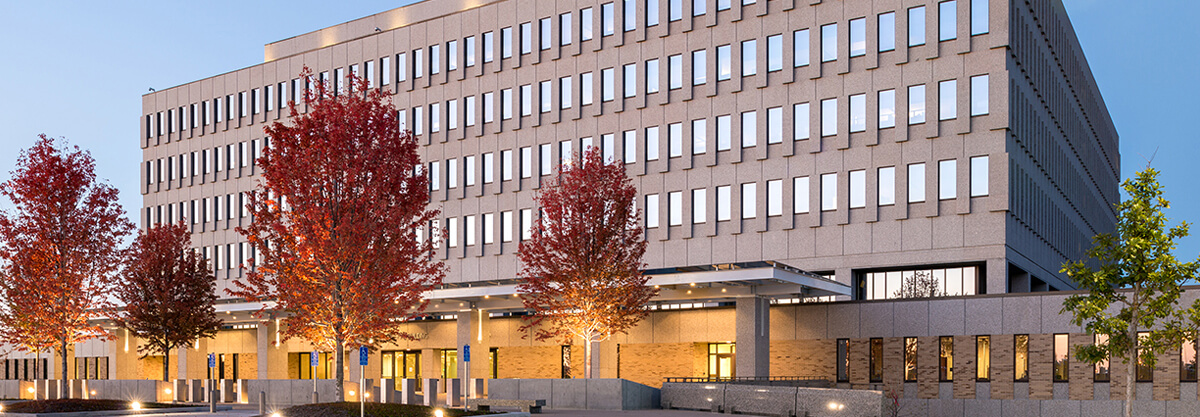
#Paul s fire sprinkler design kansas city how to
Once we have an approach approved by staff and the authority having jurisdiction, it’s important to talk through how to we’ll accomplish this delicate balance with hardware, software and all other applicable systems. When accounting for differences in staff response, facility type and whether fire sprinklers and fire alarm systems are present, there are a number of methods to address the respective needs of a facility and still meet all fire and life safety requirements. Blending facility-specific safety concerns with fire and life safety (means of egress) requirements can be very tricky, especially when dealing with all the applicable codes, standards and guidelines for health care facilities. Mark Chrisman: With specific departments dedicated to infants, pediatrics or behavioral health patients, safety for patients and staff is critical. Describe unique security and access control systems you have specified in such facilities. In pandemic mode, the access control will need to support additional triage at the unit entrance, track who has accessed the area for contact tracing, enable flows from clean spaces to anterooms to treatment to dirty spaces and enforce additional operations specific access layers. During normal operation, doors around the unit would be controlled simply to only allow approved access. As an example, access control needs to be flexible to enable a pandemic-mode-capable patient care unit.

These facilities need to consider how doors operate during different times of the day and different operational modes. Mike Fialkowski: Facility and access control design for health care buildings require many additional considerations during design. All these measures help protect both staff and patients from fire or smoke spreading beyond the room or space of origin. These features include additional fire-rated walls, floors and ceilings and more robust fire alarm systems and fire sprinkler systems. Health care facilities also undergo more fire drills and staff training on response plans. Mark Chrisman: Due to most patients being incapable of self-preservation (not being able to evacuate without assistance from staff), there are many passive and active life safety features that are provided in health care facilities but do not exist in other building types. Courtesy: Christopher Barrett, Henderson What fire, smoke control and security features might you incorporate in these facilities that you wouldn’t see on other projects? Henderson Engineers provided electrical, fire and life safety, mechanical, plumbing, security and telecom building systems design services on the project. The $70 million, 77,000-square-foot University Health 2 (UH2) facility is the newest addition to the University Health hospital system in Kansas City, Missouri.
#Paul s fire sprinkler design kansas city code
As we continue to experience technological changes and focus more on flexibility, more code and standard provisions are being used than in the past. Some past trends in health care facilities have included fire stopping, damper testing, means of egress, as well as challenges with inspection, testing and maintenance documents. Mark Chrisman: Since American health care facilities are some of the most inspected and regulated buildings in the world, the general level of life safety and staff response remains at a high level.

How have the trends in fire/life safety changed in hospitals?

It’s why it’s important to have a collaborative team in place as well as field experience in code or life safety in existing facilities. However, the approach we take to resolve issues may be similar across various facilities. Since each facility is distinct due to its features or staff, the end result of our work may be different. Mark Chrisman: Particularly when working on existing health care facilities, we encounter unique challenges that include construction types that are no longer permitted, lack of fire sprinkler protection or fire alarm systems, shafts that aren’t properly fire rated or protected and situations that require a waiver or an equivalency. Paul, Minnesota What are some of the unique challenges regarding fire/life safety system design that you’ve encountered for such projects? How have you overcome these challenges? Steve Lutz, PE, LEED AP, Associate Director, Harris, St. Zach Frasier, PE, Mechanical Engineer, Moses Engineering, Gainesville, Florida Mike Fialkowski, PE, RCDD, LEED AP, Technology Services Market Leader, Affiliated Engineers Inc, Madison, Wisconsin Mark Chrisman, PE, PhD, Healthcare Practice Director, Principal, Henderson Engineers, Lenexa, Kansas


 0 kommentar(er)
0 kommentar(er)
